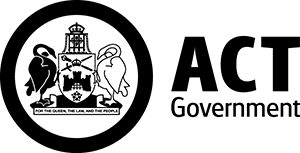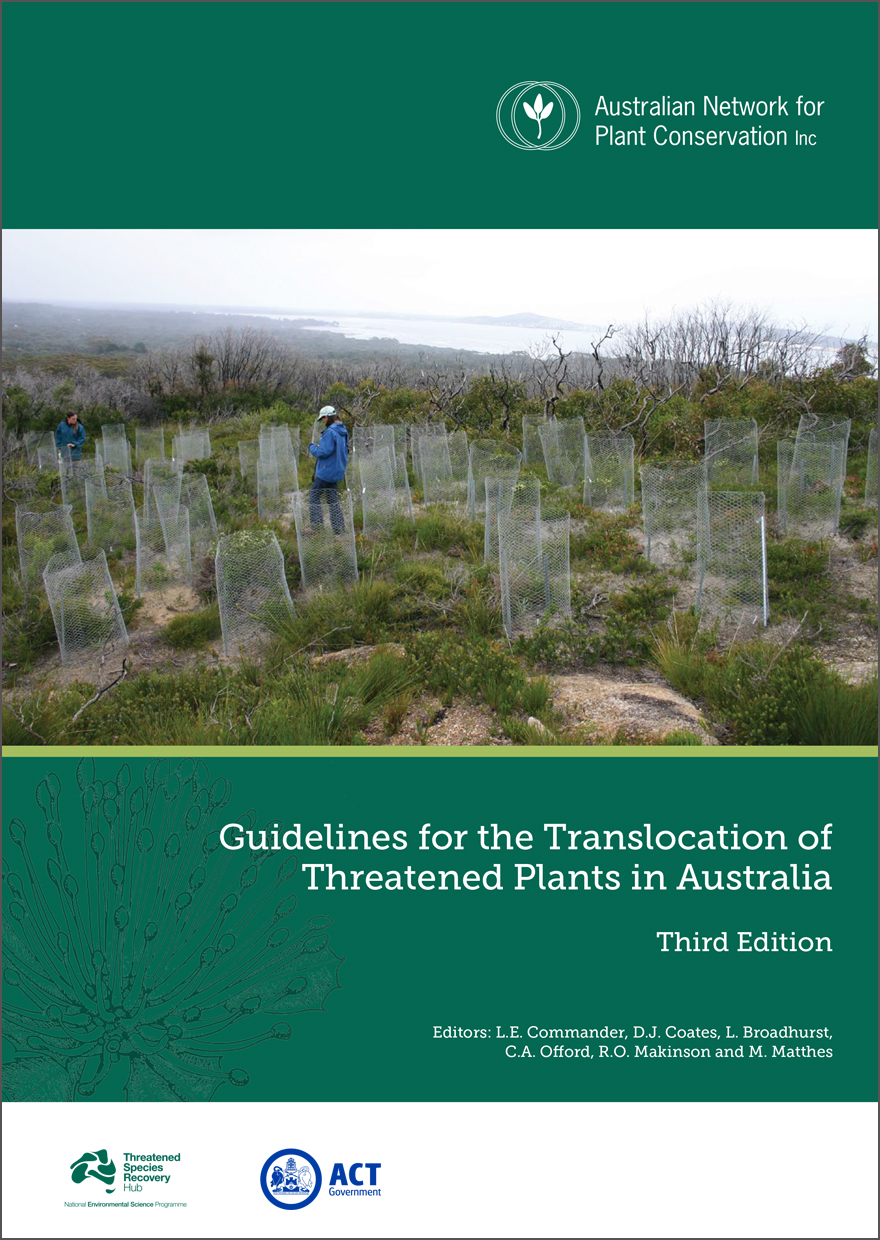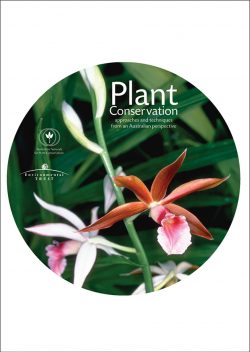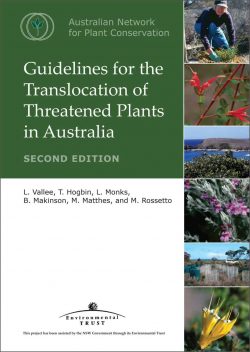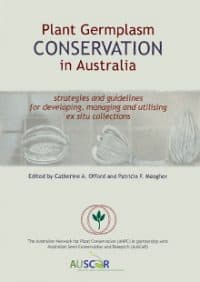Description
The Guidelines were launched at the Welcome Reception of the 12th Australasian Plant Conservation Conference (APCC12) on 11 November 2018 by the Threatened Species Commissioner, Dr Sally Box.
Translocation is the deliberate transfer of plants or regenerative plant material from an ex situ collection or natural population to a new location, usually in the wild. It includes reintroduction, introduction, reinforcement, assisted migration and assisted colonisation.
The Guidelines provide step-by-step information on how to do best-practice translocations, which will ultimately improve translocation success and contribute to preventing plant extinctions. With input from over 30 experts across the country, 23 new case studies, all new colour photographs illustrating translocation techniques and updated references, it will be essential reading for all those involved in translocation projects. In particular, practitioners, volunteers, scientists and policy makers will find the content both comprehensive and easy to read. The Guidelines will also be useful for those conserving threatened plants and restoring plant communities.
The ANPC first developed guidelines for the translocation of threatened plants for conservation purposes as a result of resolutions from the ANPC conference in Hobart, 1993. The first edition, published in 1997, was followed by a second edition in 2004 which is still available for purchase on CD.
The production of this 3rd edition was undertaken during 2017 and 2018 through consultation and liaison with a wide range of experts (scientists and practitioners), community representatives and organisations.
The ANPC received funding from the National Environmental Science Program’s Threatened Species Recovery Hub (TSR Hub) to produce this third edition of the Guidelines, and from the ACT Government for the printing.

